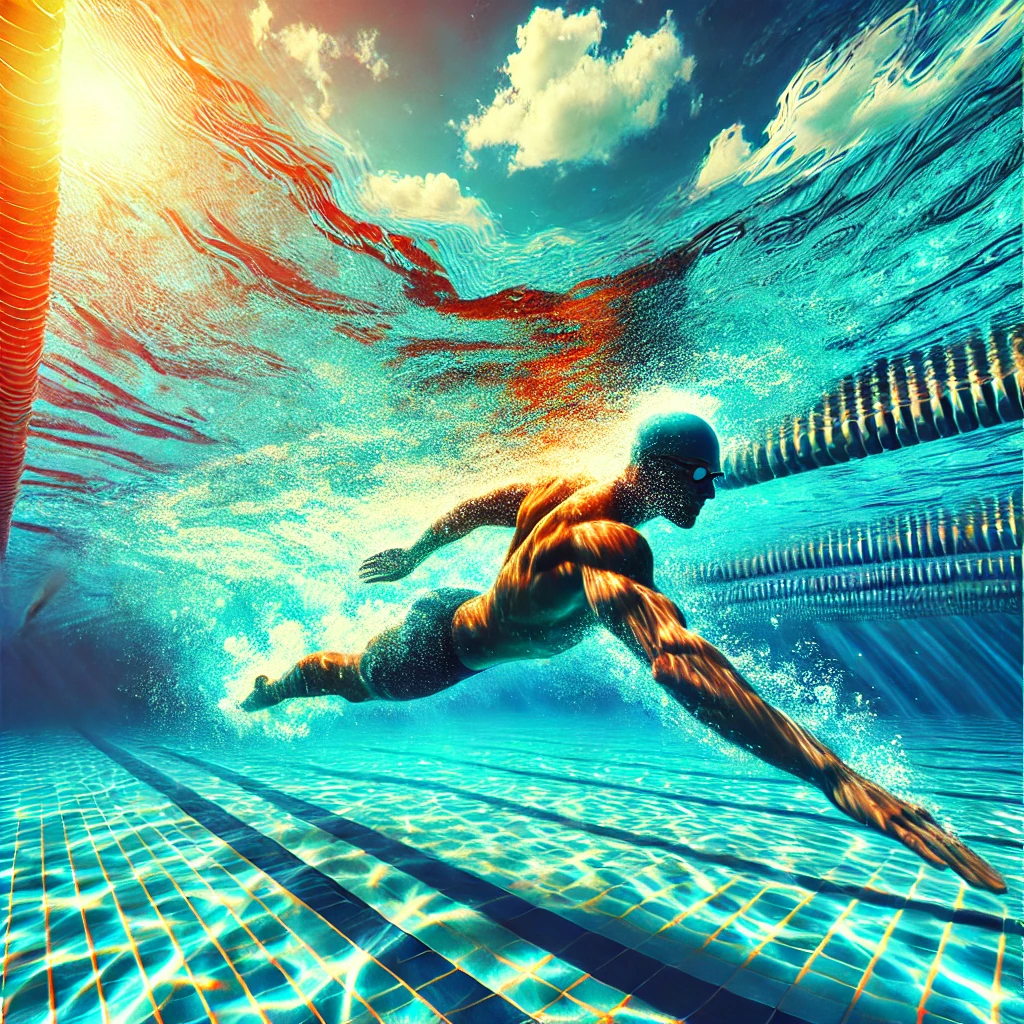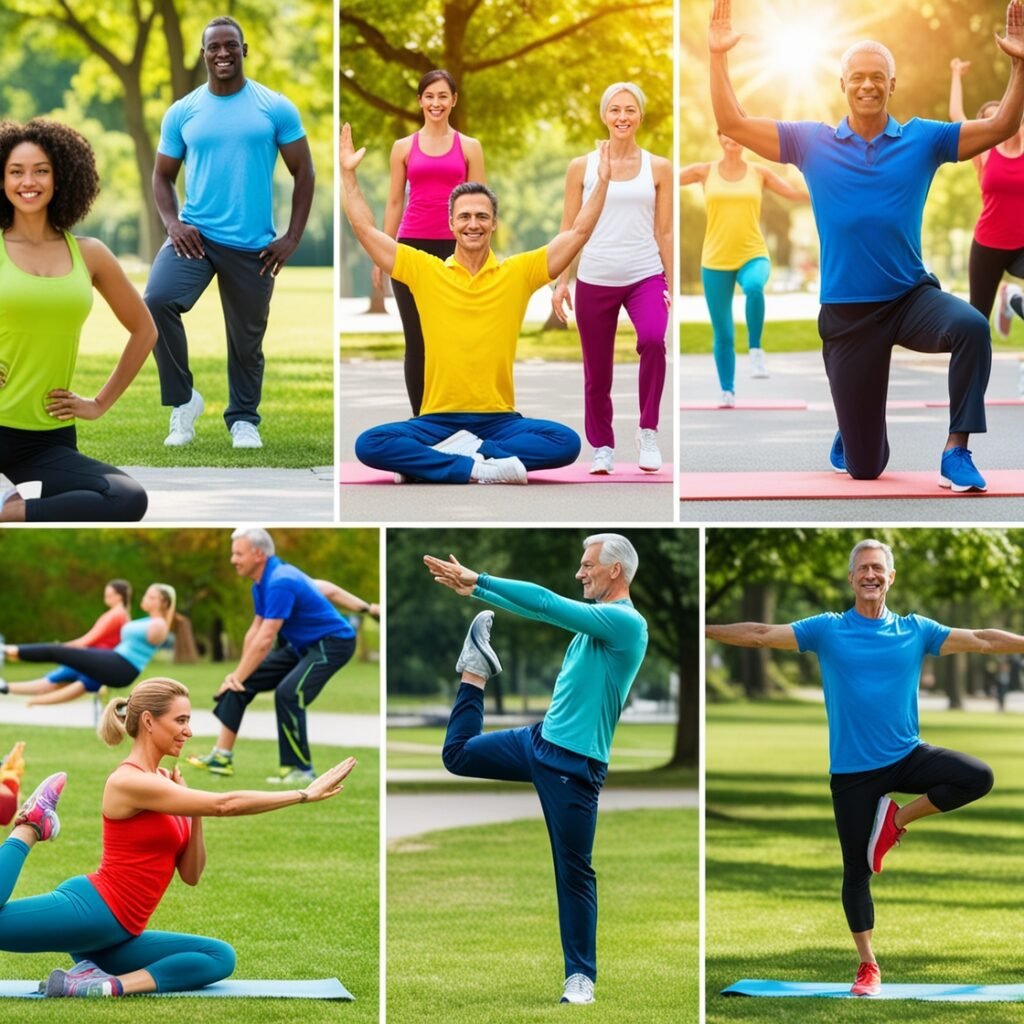Swimming is one of the most beneficial and accessible forms of exercise. Whether you’re practicing it to improve your health, relieve stress, or stay in shape, it offers a full-body workout with minimal impact on the joints. This article explores the benefits, different swimming techniques, tips for beginners, and why it’s one of the best exercises for overall fitness and well-being. Let’s dive into everything you need to know and how to make the most of your time in the water.
Table of Contents
Introduction
Swimming is an age-old activity that has evolved into a recreational pastime and a competitive sport. Known for its incredible health benefits and its ability to be adapted for all fitness levels, it is a workout like no other. It’s the perfect exercise for anyone, from children to seniors, and it can be enjoyed in pools, lakes, or the ocean. This article will provide a detailed look at how it can improve your physical and mental health, its techniques, and the best ways to get started.
The Benefits of Swimming
Physical Health Benefits
Swimming provides a full-body workout that engages multiple muscle groups, including your arms, legs, back, and core. Because it is a low-impact exercise, it reduces joint stress while offering significant cardiovascular benefits. Here are some key physical health benefits:
- Cardiovascular Health: It strengthens the heart and improves circulation. Regular swimming can help reduce the risk of heart disease, lower blood pressure, and improve overall cardiovascular health.
- Muscle Strength and Endurance: Each stroke works out different muscle groups. Freestyle type engages the shoulders and chest, while backstroke works the core and lower back. Over time, swimming improves muscle endurance and overall body strength.
- Weight Loss and Calorie Burn: It is a highly effective way to burn calories. A 155-pound person can burn approximately 223 calories per 30 minutes of moderate swimming, according to Harvard Health Publishing. The number of calories burned increases with intensity.
| Intensity | Calories Burned (30 minutes) |
|---|---|
| Moderate | 223 |
| Vigorous | 372 |
- Joint Health: Unlike running or weightlifting, swimming is gentle on the joints. This makes it an ideal exercise for individuals with arthritis or those recovering from injuries.
Mental Health Benefits
It has been shown to provide significant mental health benefits. The rhythmic nature of swimming can reduce stress, promote mindfulness, and even improve mental clarity.
- Stress Relief: The combination of physical exertion and the calming nature of water makes swimming an excellent stress reliever. It releases endorphins, which are natural mood enhancers.
- Improved Sleep: A study published in Sleep Medicine Reviews found that regular aerobic exercise, such as swimming, can help improve the quality of sleep and reduce symptoms of insomnia.
- Mental Clarity and Focus: It encourages mindful movement, which can clear your mind of distractions. The repetitive strokes and breathing patterns foster concentration and a sense of calm.
Techniques: Styles and Forms
There are several different styles of swimming, each of which offers unique benefits and targets different muscle groups.
Freestyle
Freestyle, also known as the front crawl, is the most common swimming stroke. It’s known for its efficiency and speed. In this stroke, swimmers alternate their arms in a windmill motion while kicking their legs in a flutter kick. Freestyle engages the shoulders, chest, and core, making it an excellent full-body workout.
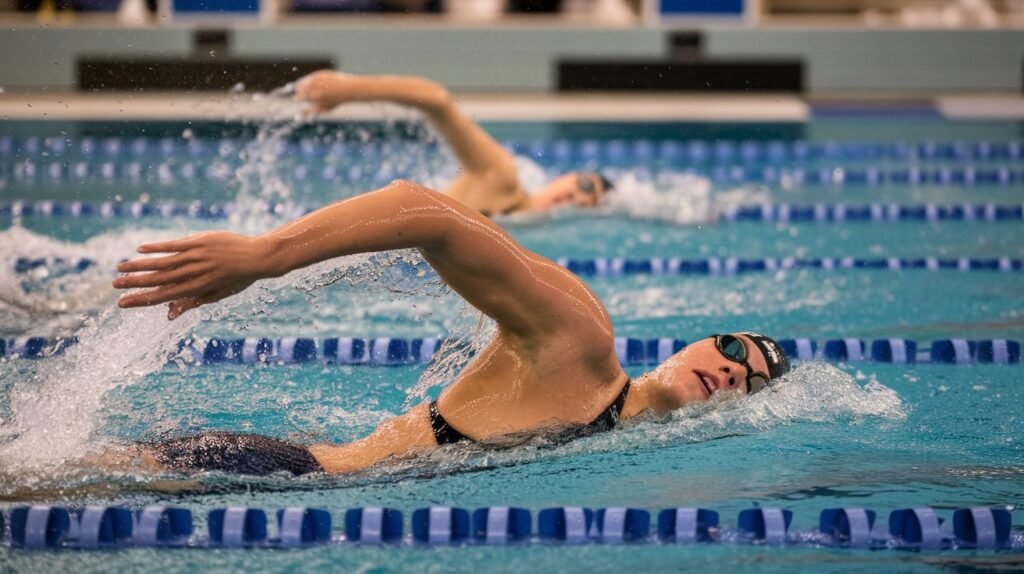
Breaststroke
The breaststroke is a slower stroke but requires more coordination between the arms and legs. In this stroke, swimmers move their arms in a half-circle motion in front of their chest while performing a frog-like kick with their legs. Breaststroke targets the chest, thighs, and core.
Backstroke
The backstroke involves floating on your back and alternating your arms in a windmill motion while flutter-kicking your legs. This stroke is great for improving posture, as it strengthens the lower back and shoulders. The backstroke is often recommended for individuals with neck or back pain.
Butterfly
The butterfly is the most challenging stroke, requiring strength and coordination. Swimmers move their arms together in a windmill motion while performing a dolphin kick with their legs. This stroke primarily targets the chest, shoulders, and abdominal muscles.
Swimming for Weight Loss and Toning
It is an excellent exercise for those looking to lose weight and tone muscles. It combines cardio with resistance training, helping you burn calories while building lean muscle. The water resistance provides a natural form of weight training, which can help improve muscle tone and strength.
| Stroke | Calories Burned per Hour (Moderate) | Calories Burned per Hour (Vigorous) |
|---|---|---|
| Freestyle | 400-500 | 700-900 |
| Breaststroke | 300-400 | 600-800 |
| Backstroke | 250-400 | 600-750 |
| Butterfly | 500-700 | 800-1000 |
Tips for Beginners
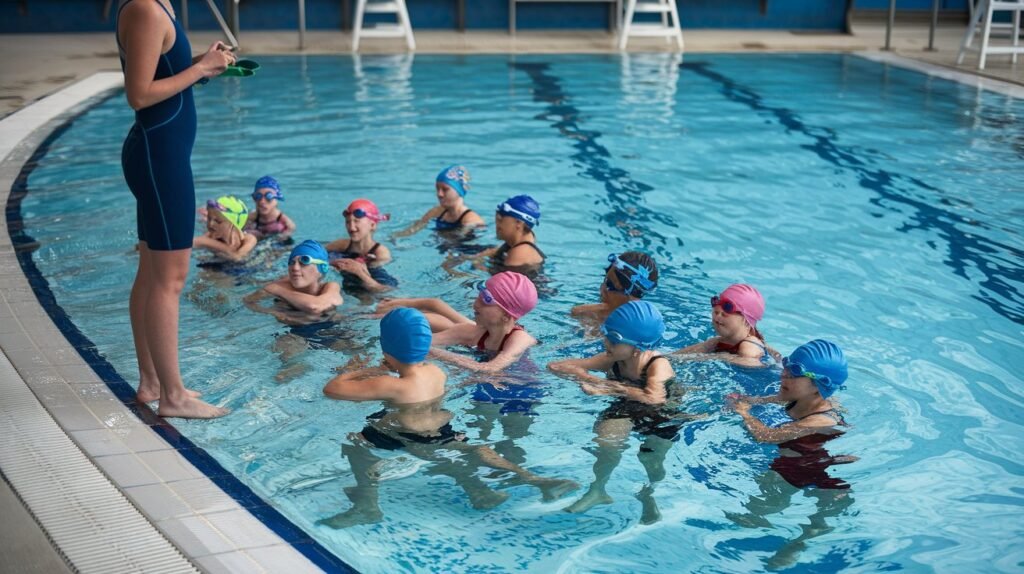
Starting a swimming routine can be a bit intimidating if you’re new to the water. However, with the right approach and mindset, anyone can become a proficient swimmer. Here are a few tips for beginners:
- Start Slowly: If you’re new, start with a few short sessions per week, gradually increasing your time and intensity as you build stamina.
- Focus on Technique: Proper form is essential to avoid injury and maximize efficiency. Consider taking swimming lessons to learn the correct techniques for each stroke.
- Invest in Good Equipment: A well-fitted swimsuit, goggles, and a swim cap can make a huge difference in your comfort and performance.
- Warm Up and Cool Down: Like any exercise, it’s important to warm up before and cool down after swimming to prevent injury.
The Science Behind Swimming: Muscle Engagement and Cardio Benefits
It is a unique exercise that engages nearly every muscle group in your body. The buoyancy of water reduces the impact on your joints, allowing you to work out harder without strain. Here’s a breakdown of muscle engagement by stroke:
- Freestyle: Shoulders, core, legs
- Breaststroke: Chest, core, thighs
- Backstroke: Shoulders, lower back, legs
- Butterfly: Chest, core, arms
From a cardiovascular perspective, it improves lung capacity, increases oxygen efficiency, and strengthens the heart.
Swimming for Competitive Athletes
For those looking to take swimming beyond recreational activity, it’s a highly competitive sport that requires strength, endurance, and technique. Competitive swimming is divided into different categories, including sprints, middle-distance, and long-distance races, each requiring specific training and strategies.
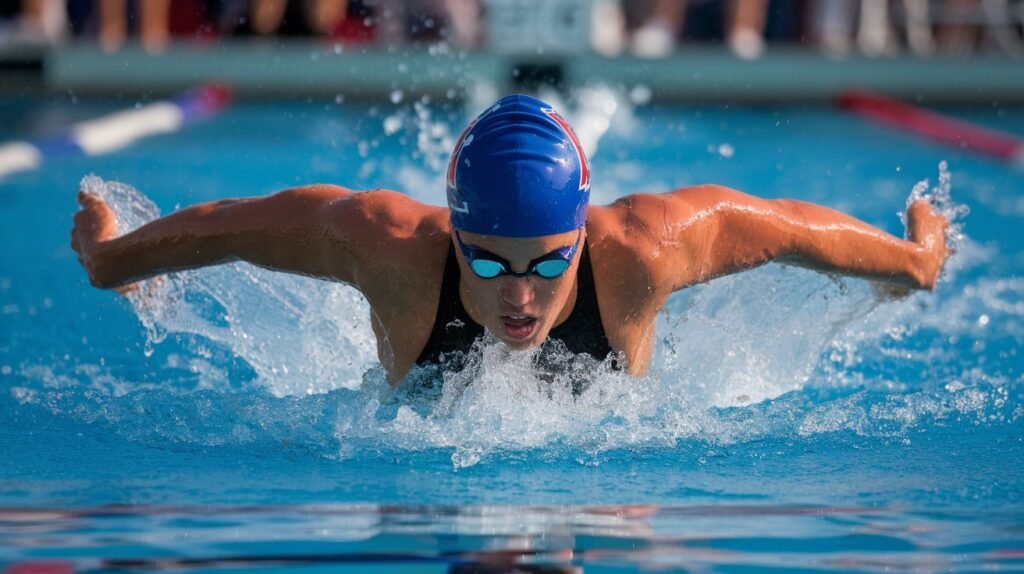
Safety Tips
- Swim in Designated Areas: Always swim in areas supervised by lifeguards.
- Never Swim Alone: Swim with a buddy, especially in open water.
- Learn CPR: In case of an emergency, knowing CPR can save a life.
- Be Aware of Weather Conditions: Avoid swimming in thunderstorms or high winds.
Common Mistakes to Avoid
Even experienced swimmers make mistakes. Here are some common errors to watch out for:
- Breathing Incorrectly: Proper breathing is crucial. Practice breathing techniques for each stroke.
- Overusing Your Legs: Your legs should provide balance and rhythm, not overexertion.
- Poor Posture: Maintain proper body alignment to prevent strain on your neck and back.
Conclusion
Swimming is an exceptional exercise that combines cardiovascular, strength, and flexibility training into one full-body workout. Whether you’re doing it for recreation, fitness, or competition, this sport offers many health benefits for people of all ages and abilities. By practicing the correct techniques, following safety precautions, and starting at your own pace, you can enjoy it and reap its long-term benefits for your body and mind.
References
- Harvard Health Publishing. (2020). Calories burned in 30 minutes for people of three different weights.
- Sleep Medicine Reviews. (2017). The impact of exercise on sleep: A meta-analytic review.
- Centers for Disease Control and Prevention (CDC). (2020). Benefits of Physical Activity: Why Swimming is Good for You.
- American Heart Association. (2018). Swimming for Heart Health.
- National Institute of Arthritis and Musculoskeletal and Skin Diseases (NIAMS). (2021). Swimming and Joint Health.
- Journal of Applied Physiology. (2015). The Cardiovascular Benefits of Swimming: A Scientific Review.
- International Journal of Sports Science. (2020). Competitive Swimming: Techniques and Training Tips.
- World Health Organization (WHO). (2020). Physical Activity Guidelines for Health.


